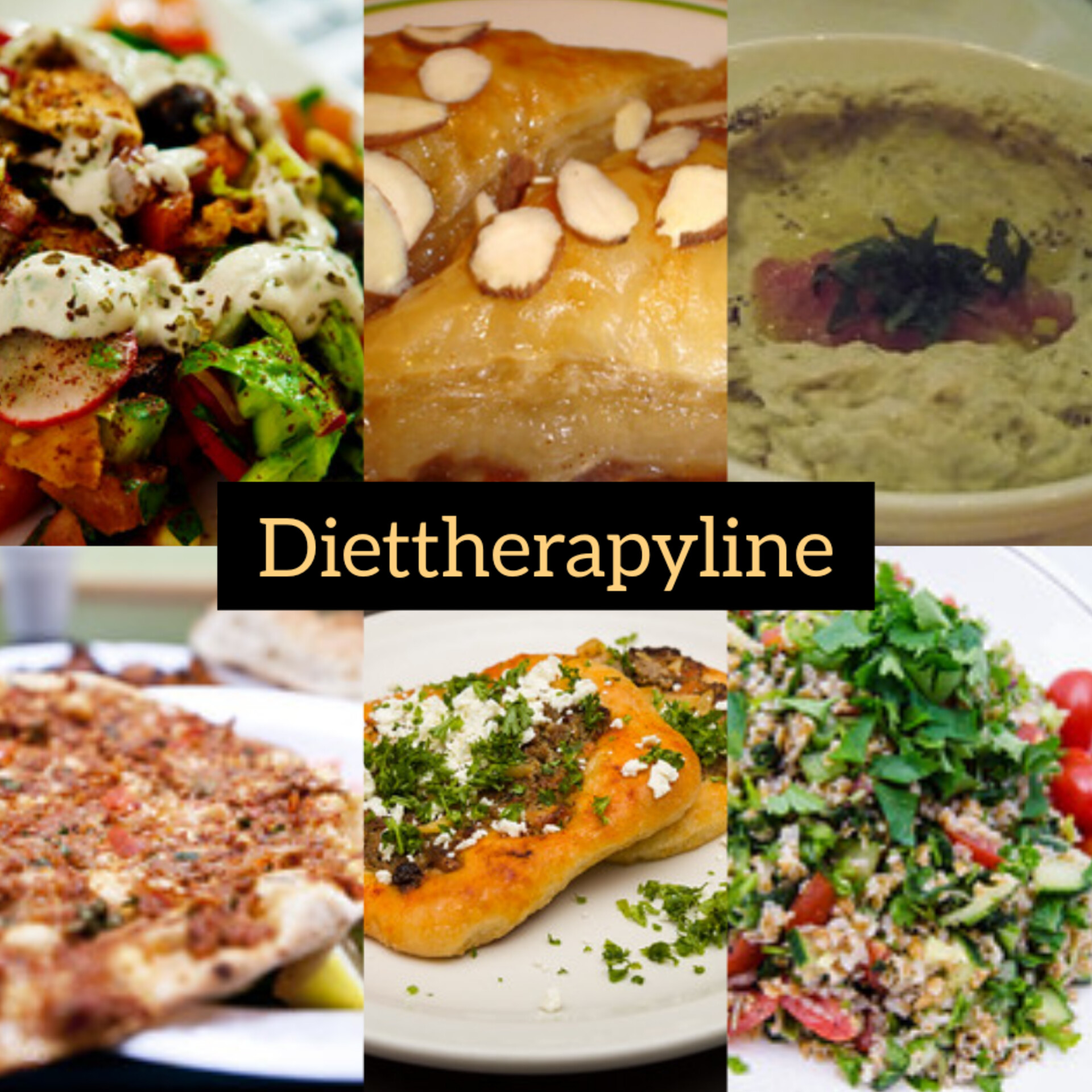12 Lebanese traditional food & Health Impacts
With rich flavors, taste, appearance and vast culinary influences, Lebanese dishes are highly loved as well as consumed widely.
As one of the healthiest dish in Asian countries, Lebanese ingredients are typically obtained locally.
They offer a wide range of medicinal benefits owing to the abundance of nutrients and bioactive compounds contained in them.
Be sure you opt for either Tabbouleh or Falafel when you visit Lebanese restaurant.
Here are 12 Lebanese traditional food & Health Impacts
1. Tabbouleh

Image source: flickr
Tabbouleh is a popular salad in Lebanese restaurant and homes. It is prepared by combining different ingredients such as bulgur wheat, parsley, mint, tomatoes, onions, lemon juice and olive oil.
Interestingly, A serving of Tabbouleh provides numerous nutrients and phytochemical to the body such as dietary fibre, vitamin A, vitamin C, vitamin E, carbohydrates, capsaicin, lycopene, flavonoids, quercetin, magnesium, potassium, zinc, iron among others.
2. Hummus

Image source: flickr
A creamy dip prepared from cooked chickpeas, sesame paste, lemon juice, garlic, and olive oil.
Apart from being charp compared to other Lebanese dishes, it is one of the healthiest and possess essential nutrients like vitamin C, vitamin E, flavonoids, protein, selenium.
3. Falafel

Image source: flickr
Falafel is not only popular in Lebanon but also widely eaten in many Asian countries. It is actually a deep-fried balls made from ground chickpeas or fava beans.
Serving falafel in a pita bread with tahini sauce and vegetables assist in improving nutritional profile of falafel.
Falafel contains protein, iron, magnesium, selenium, dietary fiber, Vitamin A, vitamin E, vitamin C, calcium.
4. Kibbeh

Image source: flickr
Kibbeh serve as a traditional dish made from ground meat such as lamb and beef. Other ingredients include bulgur wheat, onions, and spices.
Whether you fry or bake, kibbeh contains various vitamin C, quercetin, vitamin A, flavonoid, protein, magnesium, dietary fiber, selenium, iron.
5. Shawarma

Lebanese shawarma is superb as it is made by marinating chicken or lamb. The meat is roasted on a vertical spit and then thinly sliced.
It is often served with pita bread, garlic sauce, pickles and vegetables. Your body gets protein, vitamins, minerals and antioxidant when you incorporate shawarma in daily diet.
6. Fattoush

Image source: flickr
Fattoush is a popular food in Lebanese cuisine. It consists of tomatoes, cucumbers, radishes, onions, and crispy pieces of toasted or fried pita bread.
Fattoush is dressed with a pungent spices and lemon dressing. This helps enhance it nutrients.
7. Manakish

Image source: flickr
Topping Lebanese manakish with dried herbs, sesame seeds, and sumac, cheese or minced meat makes it more appetising as well as nutritious.
The Lebanese famous flatbread, houses a lot of minerals, vitamins, thiamin, dietary fiber, carbohydrates, protein.
8. Moutabal/Baba Ghanoush

Image source; flickr
This is a popular dish in Lebanon that you can buy at cheap price.
The smoky eggplant dip is prepared from roasted eggplant, tahini, garlic, lemon juice, and olive oil.
Moutabal/Baba Ghanoush contains vitamin C, vitamin A, dietary fiber, magnesium, selenium, zinc, copper, vitamin E, antioxidant.
9. Sfiha

Image source: flickr
This consists of ground beef or lamb, small meat pies and spices.
10. Baklava

Image source: flickr
This is a popular Lebanese food. The sweet pastry is made of filo pastry packed with chopped walnuts and sweetened with honey.
Baklava provides nutrients like dietary fiber, magnesium, potassium, zinc, vitamin E, carbohydrates.
11.Chanklich

Image source: flickr
A popular food in Lebanese and consists of
cow’s milk or sheep’s milk, though people often enjoy it with onions, tomatoes, and olive oil, to derive all nutrients found it.
12. Lahm Bi Ajin

Image source: flickr
Lahm Bi Ajin is also refers as Lebanese meat pizza. It is eaten with a mixture of minced meat, onions, and parsley .
Adequate consumption offers a lot of nutrients and satisfaction.
Lebanese traditional food Health Impacts
Promote Eye Health: deficiency of vitamin A, is associated with eye defects whereas substantial amount of vitamin A helps enhance eye health. Thanks to the presence of tomatoes, chilli, parsley that provides Beta-carotenoid, a precursor of vitamin A.
Immune Boosting : This defend our against dangerous diseases. Therefore, eating certain foods that supplies vitamins, minerals, dietary fiber, protein, carbohydrates and antioxidant becomes essential. They help strengthen immune system.
Source of Energy: People consume Lebanese to derive energy. They help increase our energy levels.
Aid Digestion: Numerous Lebanese food contains dietary fiber which can contribute considerably at digestive system. Some studies revealed that Lebanese foods may stimulate secretion of digestive juice and optimize beneficial bacteria which in turn prevent symptoms linked to indigestion.
Maintains Heart Health: Some healthy ingredients garlic, ginger, turmeric, chili, parsley, vegetables oil are used in preparation of Lebanese foods which are known for heart maintenance.
Conclusion
Lebanese dishes are made primarily with locally harvested ingredients which gives them a spectacular flavour, taste, textures, and nutrients.
12 Lebanese traditional food & Health Impacts; Lahm Bi Ajin, Chanklich, Baklava, Manakish, Fattoush, among others



